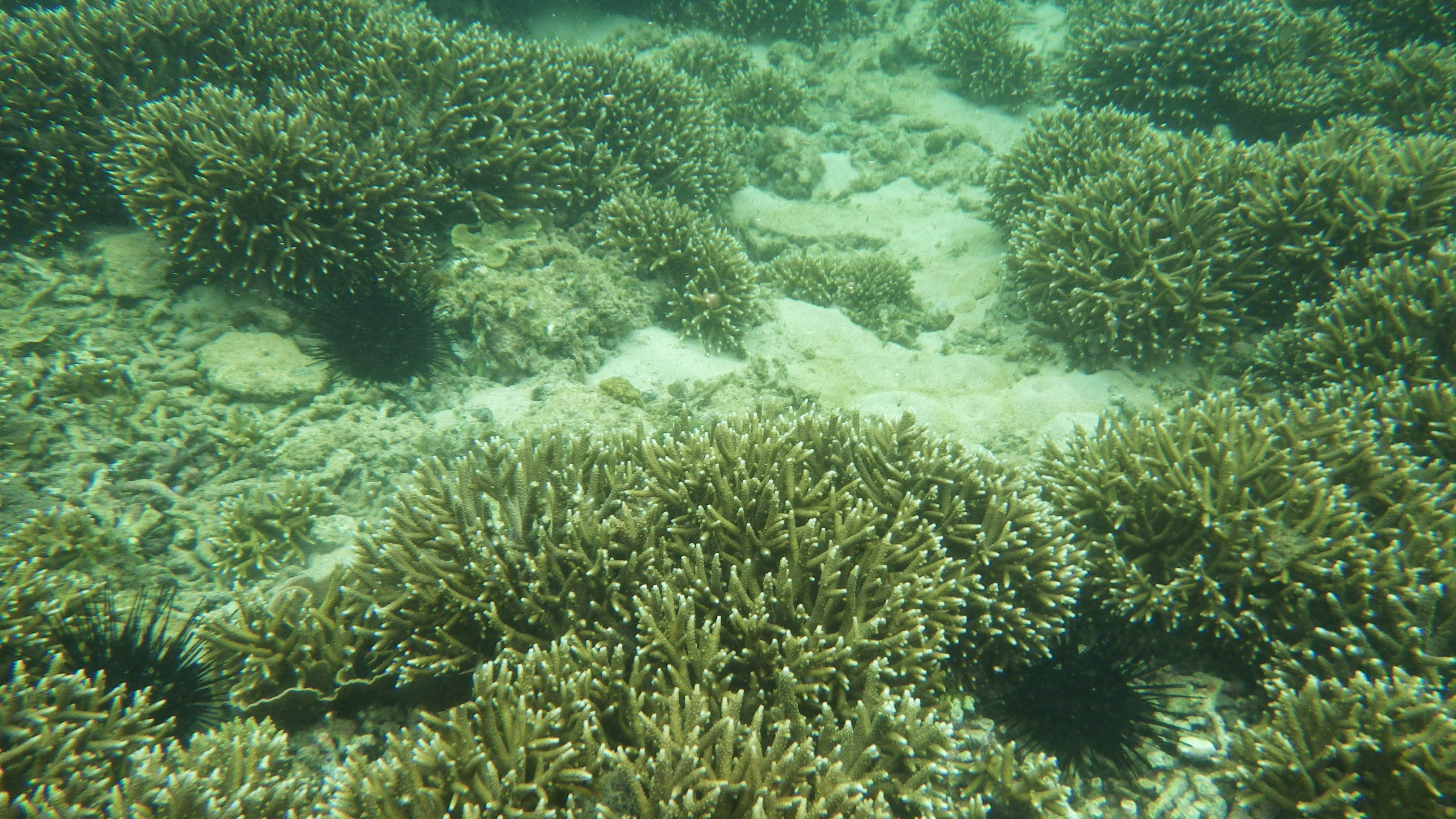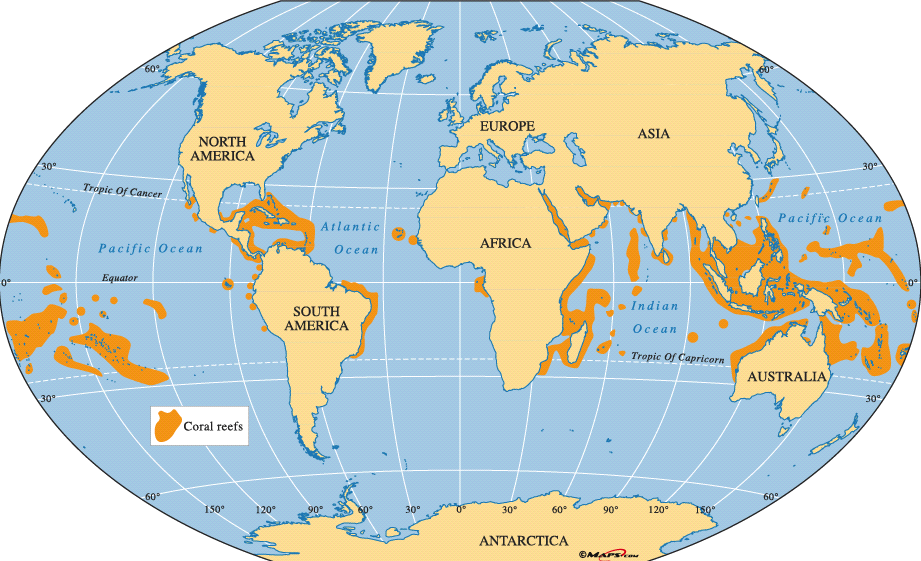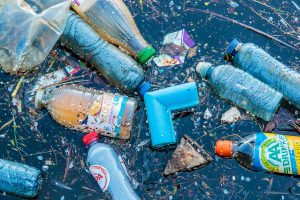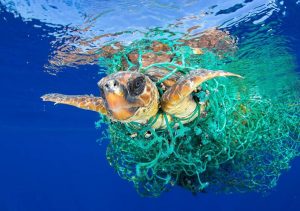Coral reefs – undersea forests
In many tropical waters, there are forests formed from special animals – they are corals. This is the ecosystem considered as the highest productivity on biology and the most amazing in the ocean.
Coral reef in My Hoa- Ninh Hai- Ninh Thuan
What are corals?
Although the corals look like a tree branch or a rock, they have the structure similar to jellyfish and anemone. They belong to a group of marine animals that have itchy brooches.
Anatomy of coral structure (source: NOAA)
Corals are considered as the masons:
The coral reefs are formed through the development of many generations of hard corals creating reefs. The coral’s colony is formed by billions of polyp of tiny corals. The coral polyp looks like a short and hollow tube with the bottom inside its limestone skeleton and the mouth with many tentacles is on the top. When a polyp of coral reef dies, its limestone house is still survive. Other polyps of coral continue to build their new homes through many layers and many generations and create mysterious coral reefs.
There are three main groups of corals including hard coral (also called stony coral), horn coral and soft coral. Soft corals with the shape of flower and wild mushroom in tropical forest forming the more colorful corals. Soft corals do not build a complete limestone skeleton. Instead, their body is supported by a frame of tiny limestone bone brooches called the inside skeleton, creating them a soft surface structure.
The life of corals
How do corals grow?
Corals can grow by two ways: spawning (sexual reproduction) and sprouting (asexual reproduction).
Sexual reproduction:
The female and male polyps release eggs and sperms into the water and fertilize outside to produce very small coral larvae, after a period of floating the coral larvae with move to the bottom and develop into new coral polyps.
Asexual reproduction:
Corals can sprout. Small polyps appear on the side of the old coral polyps and grow into separate polyps with skeletons produced themselves.
A series of corals live together to create the large coral beds with limestone foundation forming coral reefs. When corals die, the new polyps grow and overlap the remaining skeletons. The living polyps exist only in the top layer of the reef, then they grow wider and higher through many generations. Most of the coral reef is the skeleton of dead corals. When splitting a part of the coral block, it can be showed that the limestone layers develop and overlap over the years. By the analysis of structure of coral skeletons, the scientists can assess the past climate such as understanding of the temperature variation due to coral growth depending on sea temperature.
Distribution of coral reefs
Coral reef is one of the largest natural structures on the planet. Some coral reefs can stretch up to hundreds of kilometers. All coral reefs are formed by the tiny structure of polyps. The coral reef in Northeast Australia is unique to be seen from the moon.
Coral reefs only exist in the warm, shallow (about 40 meters deep) and pure waters. That is why the coral reefs in the world are only distributed at the areas with an average temperature of over 20oC.
Distribution of coral reefs in the world (Source: Internet)
The Pacific Ocean is the largest ocean on the planet and has the most diverse and abundant coral reefs.
References:
– ICRI, UNEP. Coral reefs and mangrove swamps – what we need to know Handbook (Vietnamese translation: Vo Si Tuan. Learn about coral reefs and mangroves).
– Coral reefs in Con Dao. Lao Dong Publishing House, 2000.











